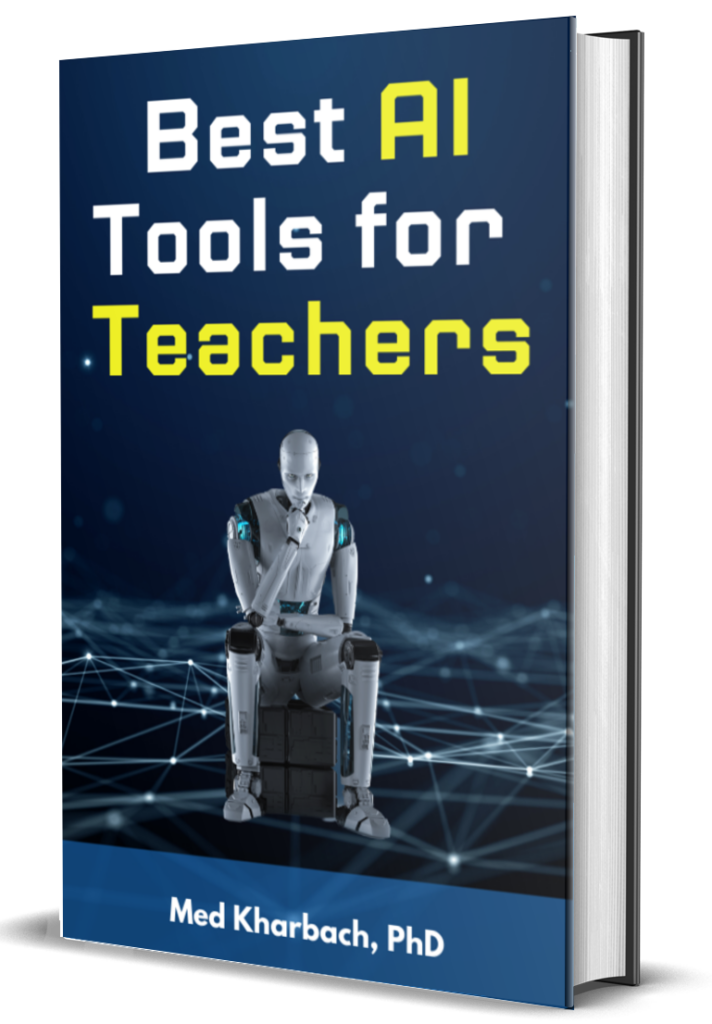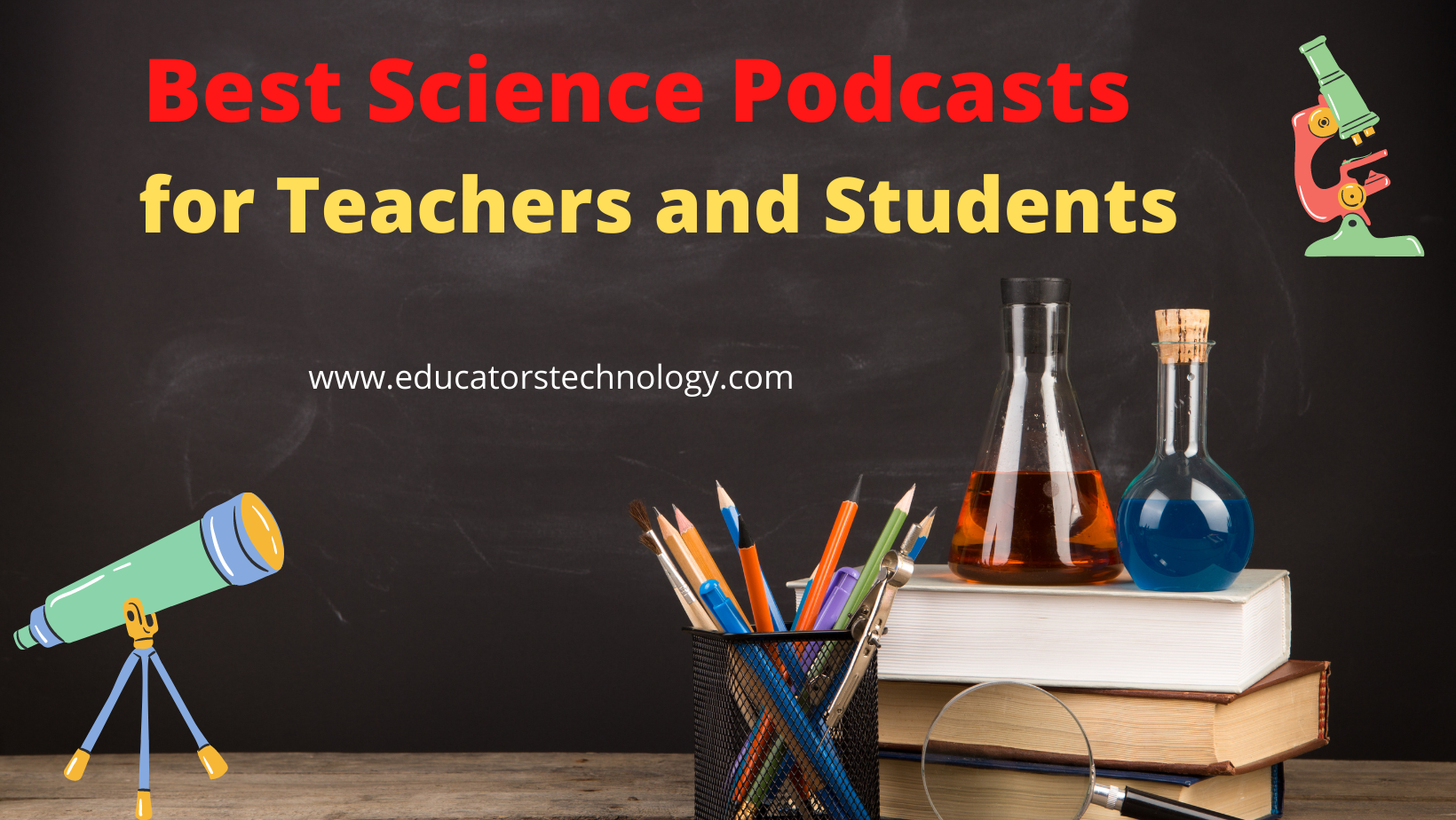Educators Technology
Innovative EdTech for teachers, educators, parents, and students
Home
Pedagogy
Educational AI
Edtech Tools
Edtech Apps
Teacher Resources
Special Education
Edtech for Kids
Buying Guides for Teachers
language learning resources / Enhancing English Language Learning with Technology in the Classroom
By Med Kharbach, PhD | Last Update: May 26, 2023
English language learning has become a vital aspect of worldwide education, with an increasing number of individuals around the world recognizing the importance of being proficient in the language. English is considered the global language of communication. As such, it is important for teachers to use effective strategies for English language learning in the classroom.
One such strategy is the integration of technology into language learning. With the advancements in technology, the traditional methods of language learning have evolved to incorporate innovative and interactive tools. In this article, we will explore the benefits of using technology in the classroom to enhance English language learning, the different types of technology that can be utilized, and best practices for integrating technology into language learning.
There are many benefits to using technology in the classroom for English language learning. One of the most significant advantages is that it can increase student engagement and motivation. Interactive tools, such as language learning software and apps, can make the learning process more fun and engaging, leading to greater student participation and involvement.
Technology also provides the opportunity for personalized learning experiences, allowing students to learn at their own pace and receive individualized feedback. Additionally, technology offers new avenues for collaboration and communication between students, whether it be through virtual discussion boards or online group projects.
Finally, technology can provide immediate feedback and assessment, allowing students to track their progress and identify areas for improvement. All of these benefits of using technology in the classroom can lead to more effective and efficient English language learning.
There are several types of technology that can be utilized to enhance English language learning in the classroom. One such technology is language learning software and apps. These tools offer a wide range of features that can help students learn English in an interactive and engaging way.
For example, Duolingo is a popular language learning app that uses gamification to teach vocabulary, grammar, and listening comprehension. The app offers personalized learning experiences and immediate feedback to help students progress quickly.
Podcasts and audio resources are another effective tool for language learning. Listening to native speakers can help students improve their pronunciation and listening comprehension skills.
For example, the ESL Podcast offers a wide range of audio resources that are specifically designed for English language learners. The podcasts cover a wide range of topics, from business English to everyday conversations, and offer a variety of exercises and activities to help students practice their listening skills.
Games can also be used as a tool for English language learning. Games offer a fun and interactive way for students to practice their language skills. For example, Kahoot! is a game-based learning platform that allows teachers to create quizzes and surveys for their students.
The platform offers a wide range of topics, including language learning, and can be used to create engaging activities that challenge students to practice their vocabulary, grammar, and listening skills. Here you can find a guide on how to use Kahoot! in your lessons.
Finally, virtual and augmented reality can be used to create immersive language learning experiences. These technologies offer students the opportunity to explore real-world scenarios in a safe and controlled environment.
For example, the Immersive VR Education platform offers virtual reality experiences that allow students to practice their language skills in a variety of settings, such as a restaurant or a travel agency. The platform offers interactive activities and exercises that are designed to help students practice their vocabulary, grammar, and listening skills.
While technology can be a valuable tool in English language learning, there are also challenges that need to be considered. One of the main concerns is the possibility of technology dependency and distraction. Students may become too reliant on technology and lose sight of the importance of face-to-face communication and other traditional language learning methods.
To address this, it is important to set boundaries and guidelines for technology use in the classroom, such as limiting screen time and promoting the use of technology as a supplement to, rather than a replacement for, traditional learning methods.
Another challenge is the digital divide, which refers to the gap between those who have access to technology and those who do not. This can be particularly problematic in countries or communities where access to technology is limited or unavailable. That’s why it is important to provide access to technology in the classroom and to promote digital literacy. This can be achieved through initiatives such as providing schools with technology resources and offering training programs for teachers and students on how to use technology effectively for language learning.
In conclusion, the integration of technology into English language learning has proven to be an effective strategy in enhancing students proficiency in the language. The benefits of using technology in the classroom are numerous, including increased student engagement and motivation, personalized learning experiences, opportunities for collaboration and communication, and immediate feedback and assessment.
Various types of technology can be utilized for language learning, such as language learning software and apps, podcasts and audio resources, games, and virtual and augmented reality. However, there are also potential challenges that need to be considered, such as technology dependency and distraction, and the digital divide.
Therefore, it is important to set boundaries for technology use in the classroom, provide access to technology, and promote digital literacy. Overall, the integration of technology into English language learning has the potential to greatly enhance the language learning experience for students and better prepare them for a globalized world.
Are you interested in teaching English abroad and trying out these tools for yourself, but you don’t have an English degree? Don’t worry. If you want to teach English abroad, a TEFL certification is often enough to land you a job. TEFL stands for Teaching English as a Foreign Language and proves you have a good enough understanding of the English language to teach it. The TEFL Org isn’t just an excellent TEFL course provider. It is a company that evaluates what’s happening in the ESL sphere, for example, how to find a teaching job without a degree.
Dr. Med Kharbach is an influential voice in the global educational technology landscape, with an extensive background in educational studies and a decade-long experience as a K-12 teacher. Holding a Ph.D. from Mount Saint Vincent University in Halifax, Canada, he brings a unique perspective to the educational world by integrating his profound academic knowledge with his hands-on teaching experience. Dr. Kharbach’s academic pursuits encompass curriculum studies, discourse analysis, language learning/teaching, language and identity, emerging literacies, educational technology, and research methodologies. His work has been presented at numerous national and international conferences and published in various esteemed academic journals.
Primary Sidebar Join our mailing list
Join our mailing list
Never miss an EdTech beat! Subscribe now for exclusive insights and resources.
Reade Favorites Here is How to Create A Classroom Blog Using Blogger
Footer



 Meet Med Kharbach, PhD
Meet Med Kharbach, PhD

